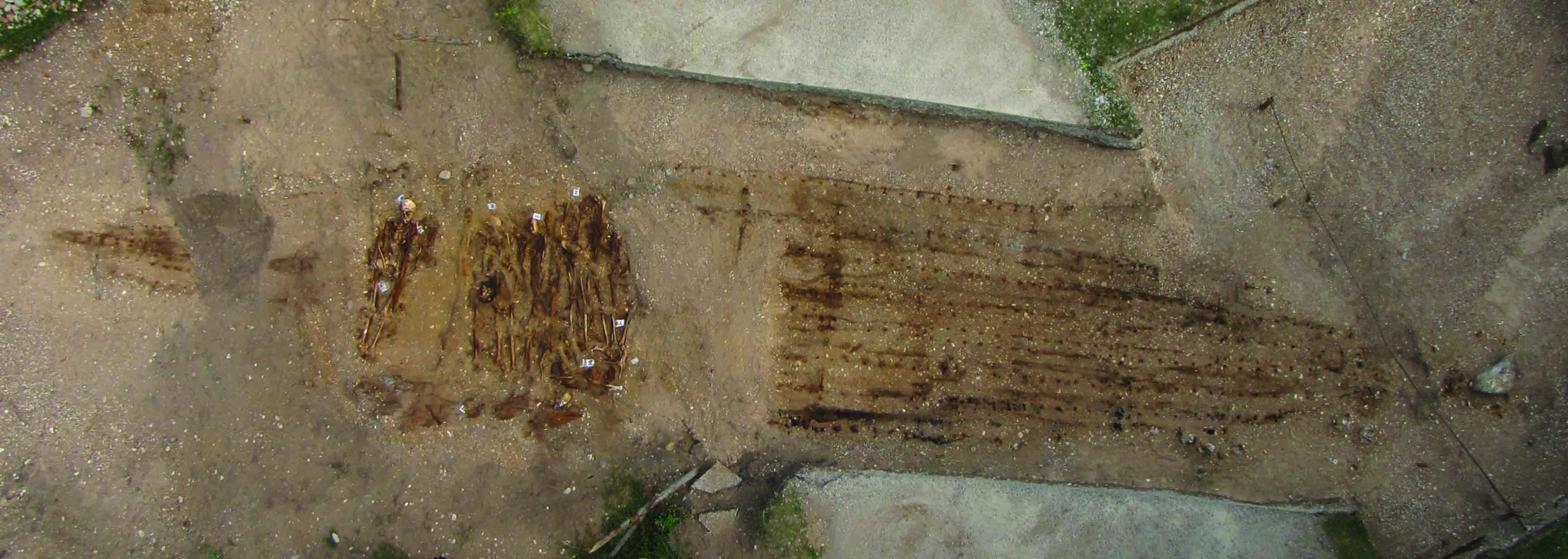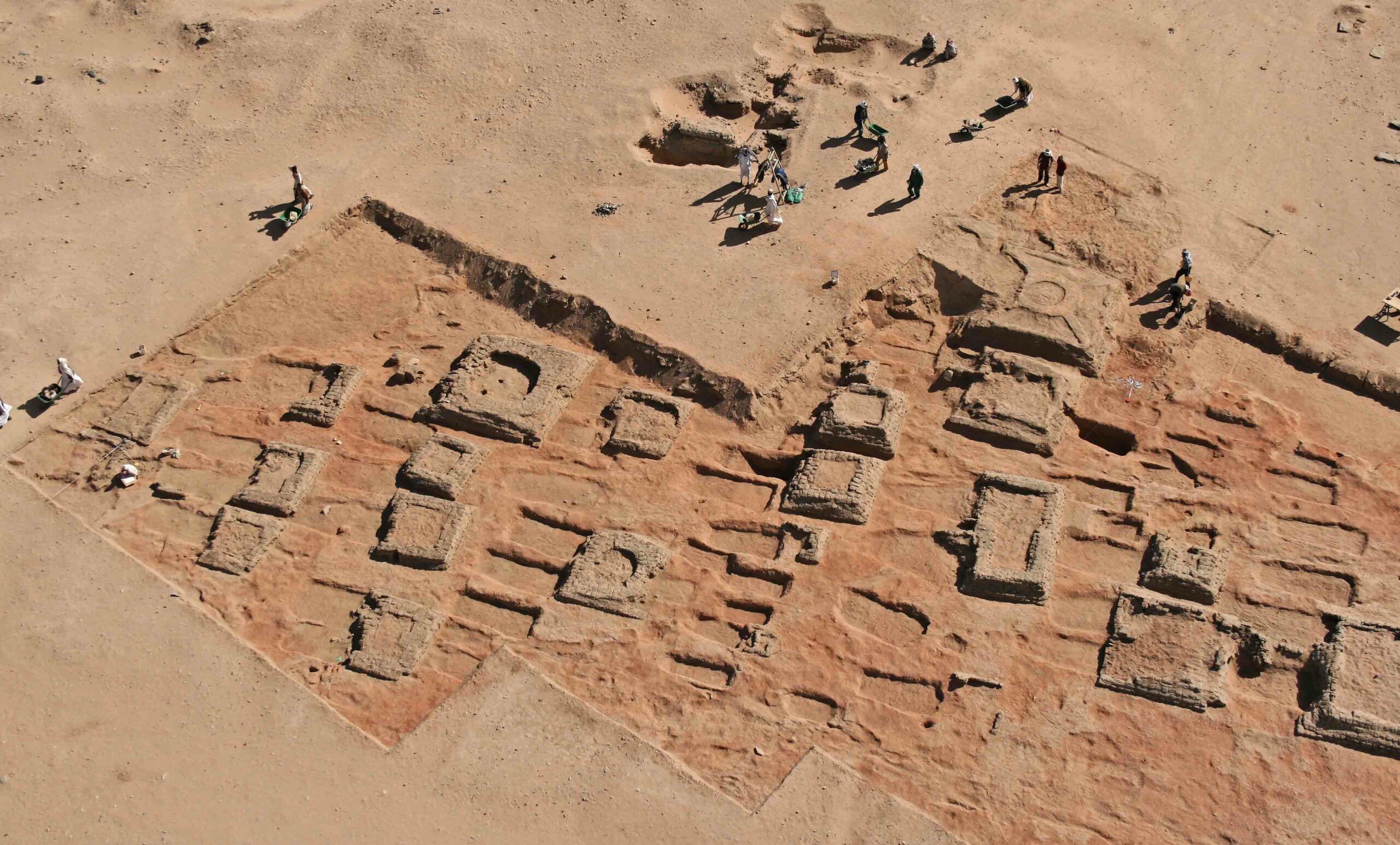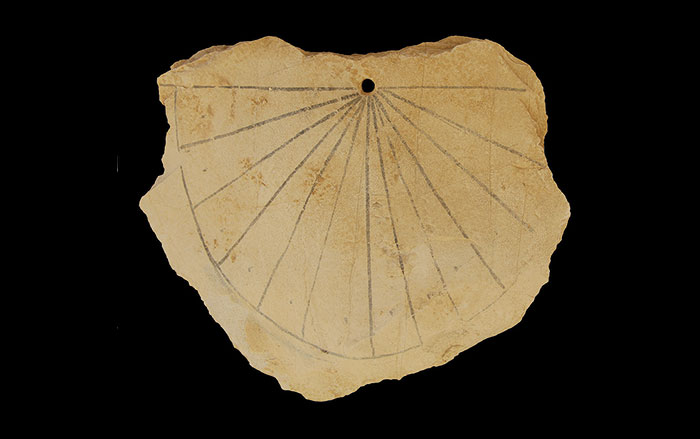
POCATELLO, IDAHO—An analysis of teeth from 41 individuals whose remains were found on Easter Island suggests that the Rapa Nui ate a diet of plants such as yams, sweet potatoes, and bananas, and terrestrial animals, including Polynesian rats and chickens. And, radiocarbon dates for the teeth show that this diet was consistent over time. Rats are known to have traveled with migrating humans across Polynesia, and they multiply rapidly. People may have even carried rats with them on their voyages as a food source. The lack of seafood in the islanders’ diet was surprising, however. “Traditionally, from Polynesian cultures you have a heavy predominance of using marine products, especially in the early phase of colonization,” said Amy Commendador of Idaho State University. She adds that the topography of Easter Island and its southerly latitude would have made fishing difficult. The few people who did eat fish may have been elites in Rapa Nui society.












